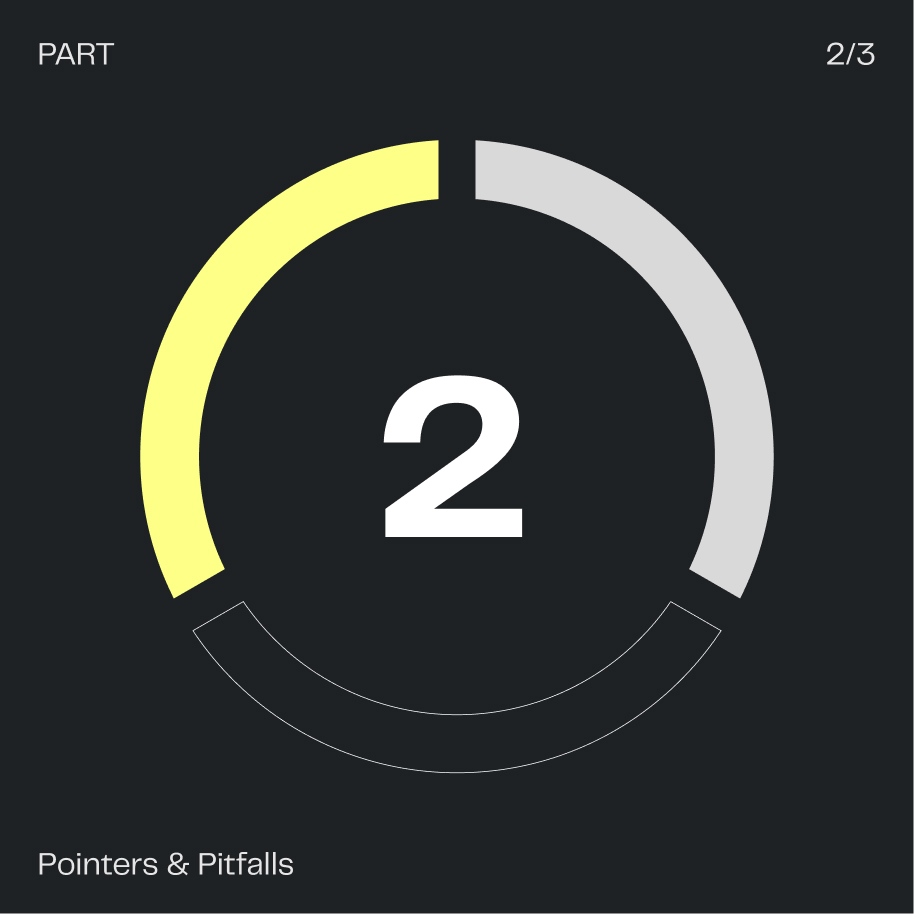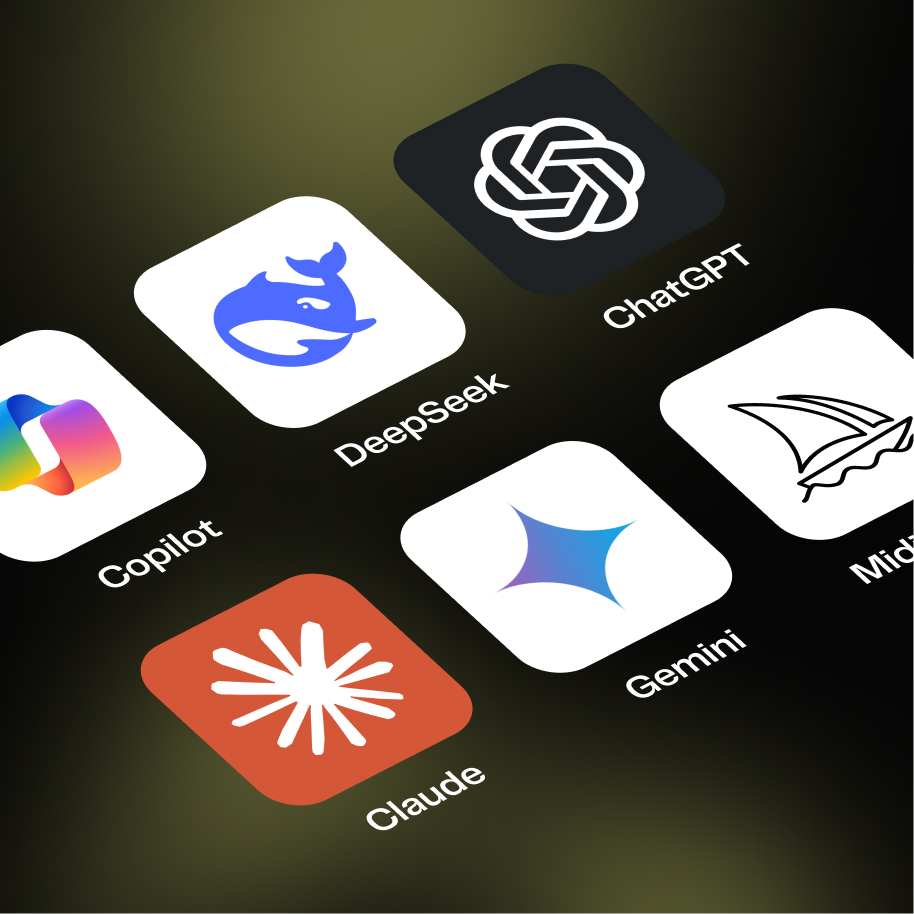This three-part series explores the fundamentals of original research for content marketing and how to use research to augment your brand’s overall marketing strategy. In this second part, we’ll highlight some key steps brands should follow to create a successful research report as well as pitfalls to avoid. Our final part will detail Sunup’s proven approach to delivering research that drives results.
If you’ve made it to this second part of our three-part original research series, and if we’ve done our job right, then you’re hopefully bought in on the what and why of original research. But as a quick refresher:
What is it? Original research is the process of using objective data to shed light on a topical question facing your industry.
Why do it? You should undertake a research project to build your brand’s credibility, fuel your content engine and level up your overall marketing strategy.
Original research is not a sales pitch, an extended case study or a rehash of existing data. It’s not a content asset that you can delegate to ChatGPT (though there is a role for AI; more on that later) or something you assemble piecemeal with the cheapest labor you can find on Fiverr.
Instead, a successful research effort requires planning, time, expertise and most of all a coordinated, cohesive plan. Otherwise, you’ll spend more time managing disjointed work streams and writing change orders than actually investigating a data set and uncovering meaningful findings.
Often, there’s a fine line between a research project that hits the mark — driving engagement, fueling lead generation, earning media mentions and helping to differentiate your brand — and one that falls flat. But achieving success isn’t some kind of alchemy. It’s just about following the right steps — and avoiding some common pitfalls.
4 research rules to follow.
When it comes to research reports, there’s significant variability in what a successful output looks like. From gated PDFs to interactive landing pages to thoughtfully produced webinars, you can explore many methods to share your findings.
But behind the scenes, there’s far less variability in the steps that yield a successful report. For every impactful research report we’ve produced, there’s four simple, underlying rules that we always follow.
Rule 1: Write your survey with uncompromising objectivity.
Your survey is the single most important asset in the creation of a successful research report. Without a thoughtfully constructed and objectively worded survey, you risk either (a) realizing too late you haven’t asked the right questions or (b) ending up with a dubious data set that won’t pass muster with discerning reporters and readers.
To illustrate what we mean by objectively worded, imagine you’re helping Airbnb draft a survey intended to illustrate the impact of remote work on vacation property rentals. If the goal of the survey is ultimately to show that Airbnb is the answer for the nomadic hybrid work era, then you may be tempted to craft a question like this:
Has the increase in hybrid work led you to book more Airbnb stays?
• Yes
• No
But while this structure may seem like the quickest route to the data point you seek, it lacks objectivity. That is, its leading construction implicitly guides the survey taker to select “yes” rather than “no.” Later, if you’re in a position where reporters are asking to review your questionnaire before citing your report, you’ll be in a bind.
Instead, take a more objective approach to survey writing by structuring your question in a way that does not privilege one answer over another. So, a better approach to the hybrid work question might be:
As hybrid work has increased, what impact, if any, has this had on your booking of Airbnbs?
• It’s led me to book many more Airbnb trips.
• It’s led me to book somewhat more Airbnb trips.
• It’s had no impact on my booking of Airbnbs.
• It’s led me to book somewhat fewer Airbnb trips.
• It’s led me to book far fewer Airbnb trips.
While the second version of the question may read a bit clunkier, it’s the more objective avenue to yielding a usable data point.
In short: Avoid the common pitfall of phrasing questions in a leading way, and follow the best practice of structuring questions objectively.
Rule 2: Find a well-vetted, trustworthy survey vendor.
When it comes to external survey vendors, you can either do it cheap or do it right. Rarely can you do both. That’s because the barrier to entry in market research is quite low, and the industry is replete with vendors whose survey panels are mostly bots and professional survey takers.
If you’re looking to survey a Fortune 500 C-suite audience and find Vendor A will do it for $1 per complete compared to Vendor B’s offer of $40 per complete, it’s time to ask some questions before jumping at the supposed deal. Why is Vendor A so much cheaper? And if they’re only charging you $1 per complete, how are they making their money, considering they’ll need to somehow incentivize respondents?
In this hypothetical, Vendor A is the market research equivalent of a $10 Louis Vuitton bag. What they’re offering isn’t a legitimate product; it just has the appearance of legitimacy. And this will become clear when you review your data set and find your results riddled with nonsensical answers.
To avoid falling for a market research scam, take time to vet different vendors and assess their quality standards. Here are some of the questions you should be asking:
• What is your process for recruiting survey panels?
• What security protocols do you have in place to keep bots out?
• How do you validate respondents to ensure meaningful engagement?
In short: Don’t be seduced by a low price point. Take time to vet your research vendor, or pay the price with unusable data.
Rule 3: When analyzing data, dive deep — but with purpose.
So you’ve taken the time to write an objective survey and identify a vendor with sound data collection practices. Great! But now you have a massive raw data set and only a few days to analyze it. Where do you begin?
Too often, we see companies shortchange this part of the process. Pressured by budget and time constraints, enterprises will often review a dataset only at the topline level, evaluating the executive summary results while overlooking demographic points of comparison.
This is a misguided approach. With original research, your most headline-worthy angles will inevitably arise from careful cross-demographic analysis.
Consider, for instance, this Casper mattress study of “Sleep in America.” Reading the report, a few key findings stand out:
- Those under 30 have more sleep issues than their older peers.
- Women are more likely than men to cite sleep issues.
- People who love their mattresses are four times more likely to report good sleep.
The common denominator across all three of these findings is that they arose from analyzing a demographic or psychographic point of comparison (age, gender identity and mattress satisfaction, respectively).
Merely taking a topline view of the data won’t yield findings like these. You have to dive deeper. At the same time, you must avoid excessive granularity, or data analysis can and will blow your budget and make a mockery of your timeline.
The key is to plan ahead, during the survey drafting phase, to pinpoint not just the demographics most worth analyzing but also the specific questions that will require the closest attention when comparing cross-demographic results. That way, when you approach analysis, you’ll have a framework to yield targeted findings without wasting time.
In short: Have a game plan in place to avoid excessively granular data analysis. Focus on the demographic points of comparison that are likely to tell the most compelling story.
Rule 4: Find the right format for your final research output.
An original research project should culminate in a final deliverable that commands attention, drives media mentions and fuels social shares. While we always recommend a series of secondary assets to support a research report’s activation phase — from tip sheets to blog posts to short videos — there should generally be a single, anchoring asset to showcase your findings.
That said, our experience has taught us there’s not one “best” mode of delivery here. Instead, the form your final deliverable takes should be guided by the primary goal of your research project.
If, for instance, you’re a relatively small player in your niche B2B space, and your top aim is to gather as many new leads as possible, consider packaging your report as a designed PDF behind a form submission.
If, instead, you’re a startup launching a new product category and looking to build credibility among a high-level VC audience, you might consider an exclusive, invite-only webinar as the launching pad for your survey results.
In short: Let your goal determine your output.
So about ChatGPT …
Here at Sunup, we’re generally optimistic about the role AI can play in augmenting creative work. While our industry has largely approached AI-driven tools with a sense of trepidation verging on existential dread, we’re excited by the potential inherent in tools like DALL-E and ChatGPT to augment human skills and allow creative marketers to focus on the messy and inarguably human work that constitutes the creative process.
And we do see a role for ChatGPT in original research, albeit one that’s carefully managed by human oversight.
3 potential uses for ChatGPT in research projects.
- As a survey research assistant. It’s difficult to brainstorm survey questions, especially for niche B2B audiences. ChatGPT can help by providing general insights into the challenges, preoccupations and topical concerns facing the specific audience you intend to survey.
- As an evaluator of market research companies. While ChatGPT obviously won’t be able to interview different market research companies you’re vetting, it can provide a general framework for evaluation, offering pointers about the types of questions that will lead you to quality vendors.
- As a data analysis buddy. ChatGPT can’t do your data analysis for you, but it can help flag statistically significant data points and highlight results that could be worth a closer look.
Putting it all together.
Now that you’re equipped with the what, why and how of original research, we hope you’re seeing the possibilities of launching your own research project.
Yet original research remains a daunting undertaking, and it can be hard to know where to start.
If you’ve read our other blogs, then you probably know by now that we’re process people. And in the realm of original research, a solid methodology is everything. Tune in to the final blog in this series to learn our unique approach to turning research into rich, results-driving content.



